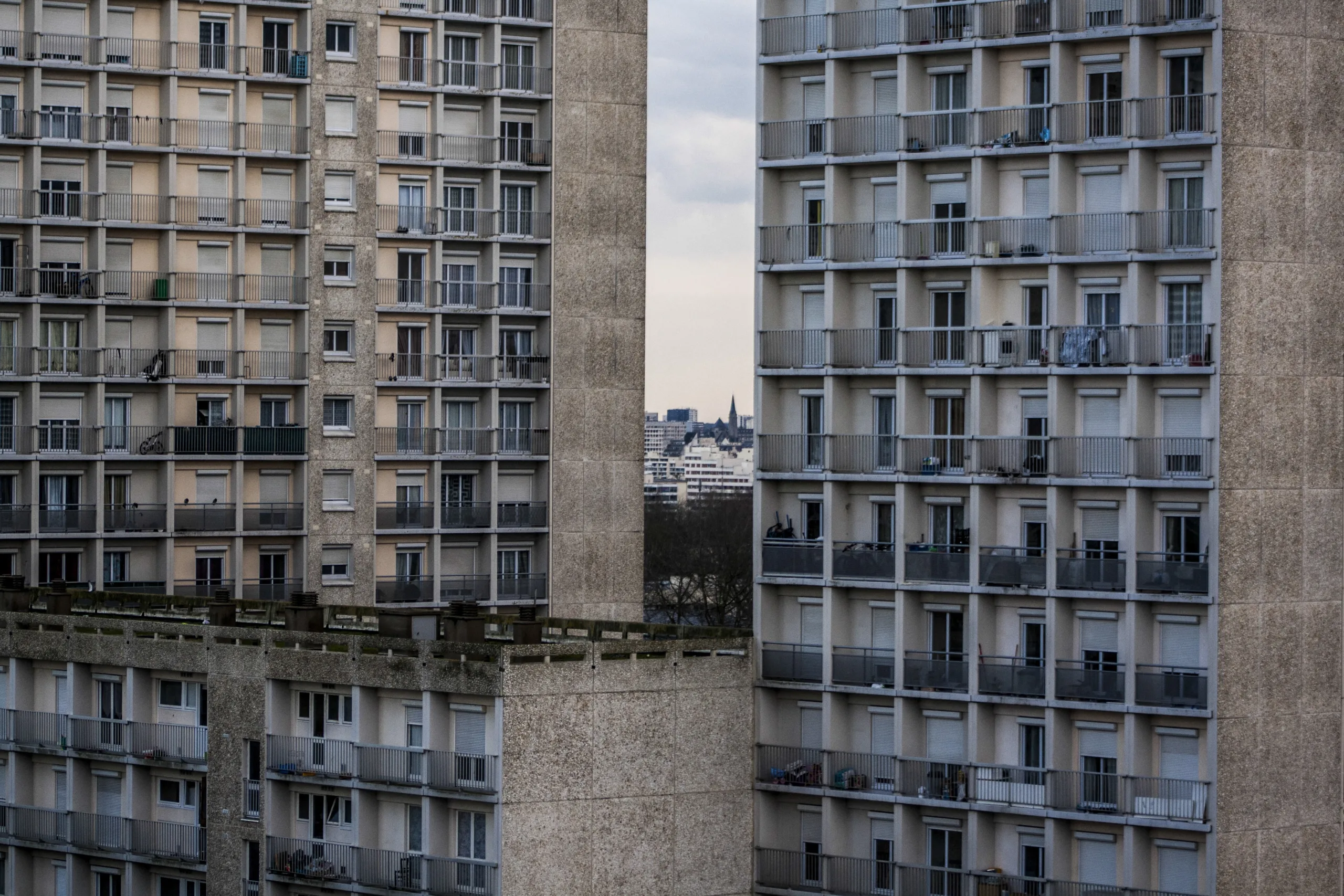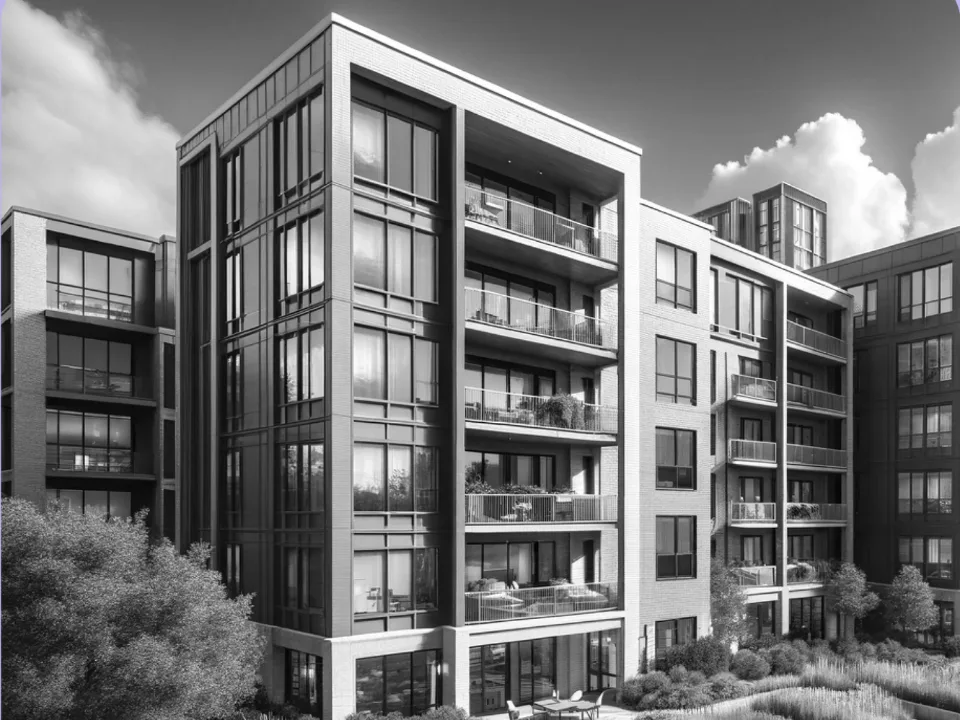Integra’s Cycle Monitor Reveals 63% of Multifamily Markets Face Hypersupply
Integra’s Cycle Monitor uncovers a complex scenario despite the multifamily sector’s past dominance
Good morning. In its newly released Viewpoint 2024, Integra Realty Resources (IRR) outlines what’s next for the multifamily market. Meanwhile, retailers are increasingly shifting from malls to outdoor shopping centers for convenience and cost-savings.
Today’s issue is brought to you by RE Cost Seg. Unlock the tax benefits of your property and put more cash back in your pocket.
🤝 Refer a friend to CRE Daily and receive our new Back of the Envelope Multifamily Deal Screener (B.O.T.E).
Market Snapshot
|
|
||||
|
|
*Data as of 1/12/2024 market close.
MULTIFAMILY TRENDS
Integra’s Cycle Monitor Reveals 63% of Multifamily Markets Face Hypersupply
Integra Realty Resources (IRR), in their latest report, “Viewpoint 2024,” highlights a major shift in the multifamily market, which is at a crossroads as the industry grapples with economic changes.
Market status: Integra’s Cycle Monitor uncovers a complex scenario despite the multifamily sector’s past dominance. Only 13% of markets are in recession, signaling robust market health. However, a concerning 63% of markets are grappling with hypersupply issues. This glut, fueled by a surge in capital investment, hints at an impending supply-demand imbalance, possibly leading to more volatile market shifts ahead.
Housing starts: There’s an unprecedented boom in multifamily housing starts, with projections of 1.5 million new units by 2025. But, this macro trend masks local disparities. Cities like Austin, Nashville, and Charlotte are experiencing unsustainable apartment completions, potentially leading to higher vacancy rates and declining rental prices, upsetting the market’s balance.
Investor sentiment: The investment climate is also evolving. 2023 saw a decline in transaction volumes, contrasting sharply with the COVID recovery phase. The risk premium in multifamily cap rates — which average between 5.5% and 6.2% on a national basis — is now very thin compared to 10-year Treasuries, which are at about 4.5%. This shift indicates a reevaluation of the risk-reward dynamics, hinting at possible recalibrations in pricing and income expectations.

Shifting tides: As a result, the affordability crisis favors Class B over Class A multifamily properties, with a significant $650 to $800 rent gap favoring Class B, especially in the West. This is evident in lower Class B vacancy rates, and investors are responding by aligning cap rates closely between the two classes. Post-COVID-19, there’s a shift away from larger homes suited for extensive remote work as more people return to the office.
Housing choices: The decision between owning and renting is also a key factor influencing the multifamily market. A study by SmartAsset.com reveals significant disparities in this aspect across major U.S. cities. In some cities, the difference between monthly mortgage costs and average apartment rents is marginal and unlikely to shift homeowner demand toward rentals. However, renting has become a more attractive option in markets like Los Angeles, New York, Seattle, and San Francisco, where the gap exceeds $1,000.

IRR Viewpoint 2024
➥ THE TAKEAWAY
Zoom out: IRR’s Viewpoint 2024 presents a mixed outlook for commercial real estate investment, balancing steady U.S. economic growth with global uncertainties. Resilient yet evolving employment trends are affecting multifamily markets, and there is a challenging borrowing environment due to higher interest rates aimed at curbing inflation. This backdrop is slowing fresh capital from flowing into the commercial real estate sector, particularly new developments in 2024.
SPONSORED BY RE COST SEG
Cost segregation is a powerful tool that enables real estate investors to write off components of their building faster. You’ll pay less in taxes and have more cash in your pocket to reinvest or distribute to your investors.
RE Cost Seg helps real estate investors unlock the tax benefits of cost segregation with fully engineered studies.
Their expert team has delivered over 1600 studies with $130 million in tax deductions – from single family rentals to massive commercial portfolios.
For smaller properties they offer virtual site visits which means they can deliver a study at a fraction of the cost and turnaround time of their competitors.
✍️ Editor’s Picks
-
Hollywood icon: Learn how former talent agent Michael Ovitz and co-founder of CAA built it into the world’s most formidable agency on this episode of Knowledge is Power.
-
Paused plans: Houston Mayor John Whitmire has paused the approval of a deal between the city and Lovett Commercial for the development of a hotel and convention center.
-
Tax tango: Philadelphia’s property tax sales have been paused since April 2021, resulting in a growing backlog and potential tax revenue loss.
-
Insuring success: Moody’s Investor Service reports that insurance costs for CRE professionals shot up by 73% between 2017–2022.
-
Northern thaw: Despite the clampdown on foreign investment, Canadian home sales rise for the first time in five months, with 10% more sales forecasted this year.
-
Let the good times roll: U.S. hotel performance fell overall, but New Orleans saw significant YoY increases in key metrics.
🏘️ MULTIFAMILY
-
Battling high interest: High rates pose challenges for apartment investors in 2024 as they struggle to refinance loans and property owners face forced refinancing.
-
Midwestern multifamily: The Midwestern multifamily market is enjoying rent growth and occupancy upticks, with Chicago leading the way, due to a lack of inventory and remote work.
-
Preserving affordability: Nearly 6K affordable apartments in LA are at risk of losing their affordability restrictions in 2027.
-
Labor lessons: San Francisco tenants on rent strike challenge landlords with labor tactics, exploring the union model’s potential.
📦 INDUSTRIAL
-
New record: Maersk leases a 1.2 MSF warehouse in Hesperia, CA, making it the largest industrial signing in the Inland Empire.
-
Investing in industrial: DRA Advisors and Rising Realty Partners purchase a 531.3 KSF industrial portfolio in Tracy and Stockton, CA, which is 98% leased to 14 tenants.
🏪 RETAIL
-
Retail resurgence: DFW retail occupancy reached a record high of 95.2% in 2024, surpassing the previous record set in 1981, driven by rebounding tenant demand and large-format signings.
-
Spring or shelter? As the year gets off to a decent start, U.S. retailers are still uncertain whether to resume normal operations after a successful year in 2023.
-
Still open 24/7: 7-Eleven is acquiring 204 convenience stores in the southwest U.S. from Sunoco in a $1B deal.
🏢 OFFICE
-
Bouncing back: Baltimore’s office market shows signs of improvement in 4Q23 with more leasing activity, less sublease space, and new office developments expected in 2024.
-
CRE crunch: U.S. CRE lending impacted 3 of 4 major US banks’ financial results in 4Q23, even as a massive wall of maturities continues to loom.
RETAIL SHIFT
Retailers Abandon Malls For Strip Centers And Other Outlets
PHOTO: GETTY IMAGES
As consumers continue to show a preference for shorter and more convenient shopping experiences, national chains are exiting malls and opting for outdoor, non-mall locations.
What’s in a mall? Specialty retailers, including jewelers and shoe stores, are also following suit. The shift comes as many retailers find they perform better in locations like grocery-anchored shopping centers and strip malls, leading to cost savings. According to Brandon Svec from CoStar, these retailers are growing more confident in off-mall locations due to consistent outperformance.
Ditching malls: Bath & Body Works plans to open 95 new locations while closing 50, primarily in struggling malls. More than half its stores in the U.S. and Canada are now outside of enclosed shopping centers. Foot Locker aims to operate 50% of its N.A. square footage outside malls by 2026. And Signet Jewelers is closing 150 locations, mostly in traditional malls, as off-mall spots show stronger margins. Around 60% of Signet Jewelers’ total square footage is now outside of malls.
Fewer feet: U.S. malls saw a 4% drop in foot traffic in 2023 compared to 2022. This is 12% less than 2019, according to Green Street. Low-end malls have been most impacted, partially due to higher numbers of department store closures. Online sales data has helped retailers identify successful store locations more accurately, contributing to the shift away from malls. Moving out of malls also allows reduces common-area fees and maintenance charges.
Outdoor advantages: Outdoor shopping centers and strip malls provide convenience, especially as retailers increasingly offer in-store pickup and returns for online purchases. The flexibility of running errands closer to home has led to more visits to outdoor shopping centers. Rents for open-air space have risen to nearly $24 PSF, the highest level recorded since Cushman & Wakefield started tracking it in 2007.
➥ THE TAKEAWAY
Shopping will never die: While traditional mall owners have reported record-high leasing volume for higher-end centers, the decline in foot traffic and increased demand for open-air space suggest malls are facing challenges. The shift towards outdoor and non-mall locations reflects retailers’ efforts to adapt to changing consumer preferences and optimize their performance in an evolving retail landscape.
CHART OF THE DAY
According to CBRE, the more industrial space available in major U.S. metros, the higher the average building and parking rents. For example, NYC currently has 3 MSF available for rent, at an average $40 PSF for building rent and $18 PSF for parking. Meanwhile, Chicago, with a little less than 1.2 MSF available for rent, is seeing $35 PSF for buildings and $10 PSF for parking.
What did you think of today’s newsletter? |





















